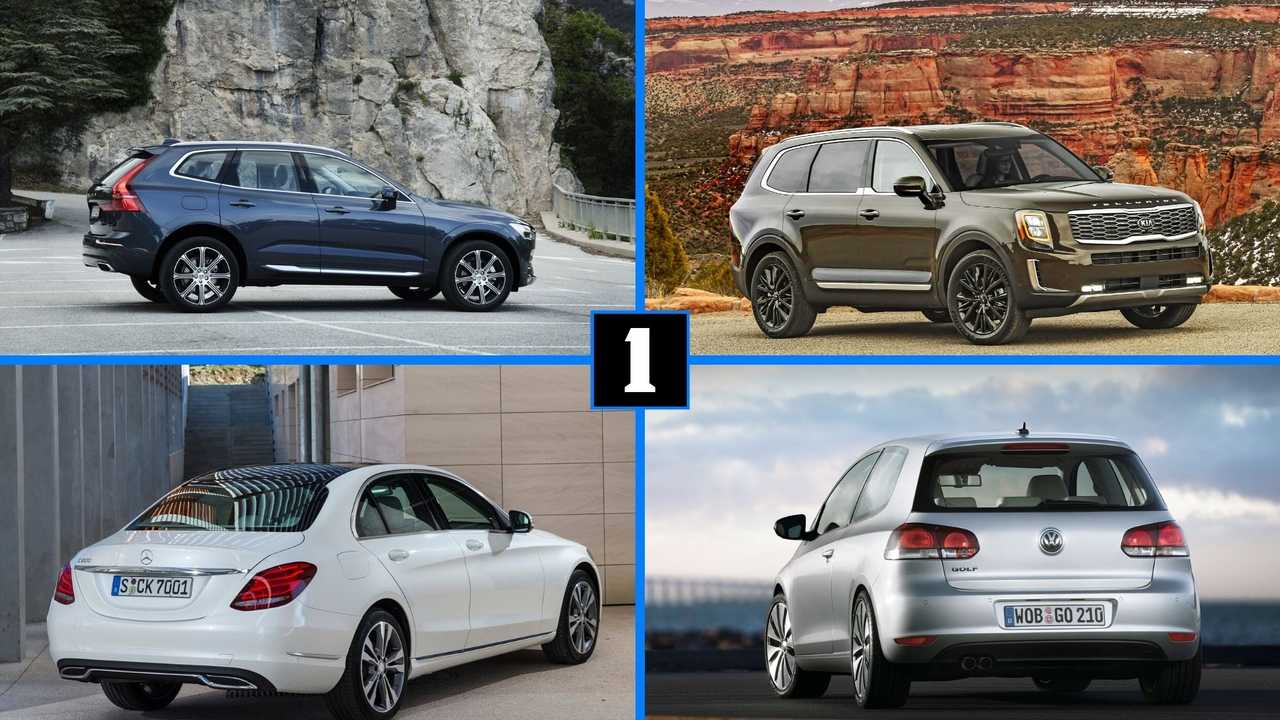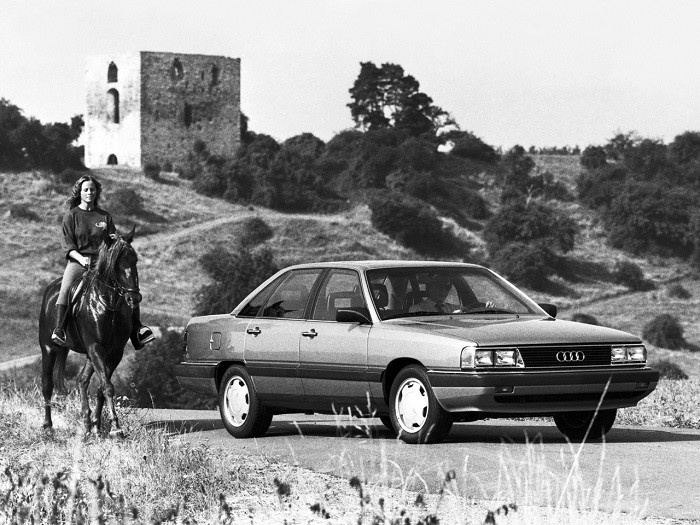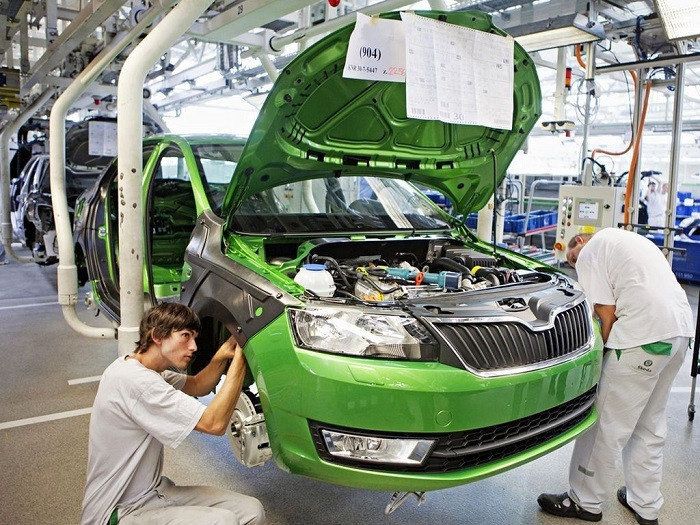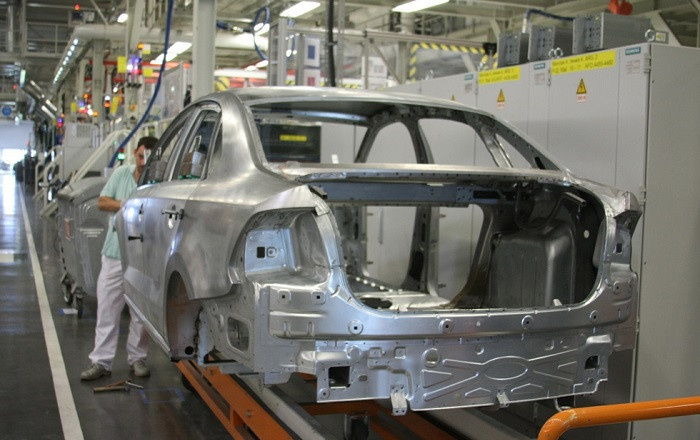
The best car bodies
Content
There is a big difference in the way the body is galvanized. From a complete cure to the mere presence of zinc as an ingredient in primers and paints.

When a galvanized body is damaged, the zinc is corroded, not the steel.
Simple processing does not protect the body at all, but gives the manufacturer the right to call the car - galvanized.
Most modern cars have a galvanized body, and if it is not galvanized, then it is treated with other means to prevent rapid decay.
For example, the Daewoo Nexia car body is very susceptible to corrosion, since it is cheap steel and does not have factory processing. Rust begins to appear on the chips within a short time.
On Hyundai Accent, which can be bought for about 250 rubles, the body is galvanized; even older cars usually don't get rusty. If it is not beaten and not rusty.
As far as rust prevention or galvanization is concerned, the same can be said for VW, Hyundai, Kia, Skoda made after 2008-2010. The body is treated in a certain way. But I can also say from my own experience that on a 2011 Fabia, where there was a scratch, there was “rust”, and there was no corrosion in places where there were chips.
VW Golf has the same as Skoda Octavia. In general, the body is solid.
Hyundai Solaris, Rio are very popular cars - their body is processed, so it lasts a long time.
Ford Focus 2 and 3 and even the first generation are also galvanized, so they are resistant to corrosion.
Chevrolet Lacetti - partially galvanized, for example, fenders, hood and doors are not galvanized.
Daewoo Gentra is partially galvanized, so rust, for example, on the thresholds, appears quite quickly.
Chevrolet Cruze - galvanized. Chevrolet Aveo T200, T250, T300 - the same thing - rotten specimens rarely come across.
When buying a car, we pay special attention to the quality of the body, as this is the main determining factor for the car owner. Problems and problems with the engine, electronics and other parts can be fixed relatively cheaply, but problems with the bodywork are no longer so easy to fix. The fact is that after the deterioration of the body condition begins, it is very difficult to stop and stop the development of corrosion. Therefore, it is important to protect the car from this trouble, eliminate corrosive factors and carry out all necessary repairs in a timely manner. It is very important to carry out a reliable restoration of the car, but it is equally important to choose the right car when buying in order to get the maximum useful properties of the body and minimize the susceptibility to corrosion. A galvanized body can provide these characteristics.
See also: Aifrey rider on the Niva

The cars with the original galvanized bodywork are the same Audi cars from the late 1980s that are still running today without any body repairs or body parts needing to be replaced. These cars are ready to offer you an incredibly long life and no problems at all, but they are quite old, which causes some difficulties in operation due to excessive mileage and other annoyances. Therefore, you need to look for cars with a galvanized body from a modern range of manufacturers in order to purchase a new car or buy a car in the used car market, but in good condition and with low mileage.
Skoda Octavia and Skoda Fabia - what is the difference in galvanization?
In the Volkswagen Group, all vehicles have a partially or fully galvanized body. The fact is that Audi back in 1986 developed a certain corrosion protection technology, which today is known as hot or thermal galvanization of the body. This process is done more or less correctly on all Audi vehicles, most high-end Volkswagen vehicles, and Seat vehicles. Chevrolet Expica and Opel Astra are also galvanized in this way. The car gets very good protection, but sometimes the galvanization is not carried out according to the necessary criteria. For example, Skoda Fabia differs from Skoda Octavia in the type of galvanization of the entire body in many ways:
- The galvanized Fabia chassis does not protect the thresholds, arches and the lower part of the doors from corrosion;
- Octavia has a fully galvanized bottom, but the corporation saves on new models;
- only Octavia has a 7-year anti-corrosion warranty, only this vehicle is trusted by the factory;
- The electroplating methods are the same, but the type and thickness of the metal are different;
- Budget galvanizing technologies, sometimes used even on Octavia, do not provide decent protection for many years;
- Both cars have become only a small part of the budget market for the VW Group, and they have become economical.

If you look at the Skoda Octavia from 1998 to 2002, almost all cars have one or another body defect. Corrosion damages the most dangerous areas and begins to spread rapidly, rendering the car body unusable. It is important to remember that the nasty things that lurk in the process of corrosion are extremely difficult to stop. When welding or other processing of the body, corrosion spreads even faster. The galvanized body must be processed and “cured” of chips and scratches in a special way that the workshop specialists know.
See also: Priora handbrake cable price
Galvanizing - Mercedes and BMW cars
Almost the entire range of cars from Mercedes and the Bavarian company BMW received high-quality galvanizing. However, the age-old rivals Volkswagen and Audi decided not to use the competitor's technology, inventing their own body coating options. It turned out to be galvanized, which is currently considered the best way to protect the body from corrosion. Take a look at Mercedes from the 1990s; these cars still do not require any body repair, they survive perfectly on our roads in difficult conditions and have excellent maintainability. Among new cars, models such as this stand out in particular for the quality of the coating:
- Large SUV Mercedes G-Klasse and no less large and premium GL;
- The Mercedes GLE and GLK are crossovers that offer durable and high-quality bodies;
- excellent coverage in premium sedans S-Klasse and E-Klasse;
- The BMW X6 and BMW X5 have the best body quality among BMW crossovers;
- The most popular BMW 5 Series sedans are also very well machined at the factory;
- Galvanized bodies are also available for the upscale BMW 7 and the entire M series;
- You can't complain about the handling of Mercedes' budget A-Klasse and C-Klasse;
- On the other hand, cheaper BMW cars are not damaged by galvanized bodies.

Each model of these two competing German companies has a fully or partially galvanized body. This is the reason for the long service life and high quality of most car body parts. Modern European cars have galvanized bodies, more for an advertising campaign than for any real benefit. This protection option applies to Russian and Scandinavian customers, but in Central Europe people often drive for a maximum of five years, after which they sell the car. Therefore, galvanizing does not matter to them - a simple removal of rust is enough. But it's a great promotion.
Budget galvanizing and Japanese cars - what's the connection?
The Japanese market is quite competitive, there are many manufacturers and many technologies in each area of production. It should be noted that Honda CR-V and Honda Pilot are more or less high-quality galvanized Japanese cars. These vehicles have a correspondingly long service life and are distinguished by their lack of corrosion even after paint damage. Toyota claims all models have galvanized bodywork, but that sounds more like a marketing gimmick than actual rust protection. Some of the low class cars with galvanized body.
- VAZ cars have a galvanized body, applied with a mysterious layer and using an unknown technology;
- Korean Hyundai and KIA cars are also galvanized, but the quality leaves much to be desired;
- Many Chinese manufacturers claim galvanized bodies in their advertisements, but in reality this is not the case;
- American bodies are often not properly galvanized as they don't see the point in running more than 5-7 years;
- Even Ukrainian Daewoo cars have a galvanized body in the description of the equipment.
See also: How to replace door handles on Prior

For all the budget cars mentioned above, electroplating is quite simple - the car is primed with a special mixture to which zinc is added. Such a zinc coating will only help to add a few additional values to the price list of the car and assure the client that the body is galvanized. It's not just budget car manufacturers doing this. Mitsubishi, Nissan and even Renault also cheat customers - not always right. Zinc found in paint formulations will do nothing to solve the future problems of a car with a rusty body. We offer you to see how the factory painting and body protection of the Lada Grant is made:
Summing up
A galvanized car is an excellent purchase that will allow you to successfully operate the vehicle for many years, and you will not notice any problems with the body. However, electroplating is something else. It should be recognized that the electroplating of budget cars with conventional efficient methods is simply unprofitable. It's easier to add zinc to the primer or paint and assure the buyer that the body won't rust for the next 30 years. Of course, the manufacturer will charge for this, as well as for a very high-quality and effective anti-corrosion preparation of the body.
When choosing a car with a galvanized body, remember that only cars of a high price segment can have a really high-quality zinc coating. Remember that the Skoda Fabia only has a galvanized chassis, while the VW Group level cars - Octavia and above - are fully galvanized. True, it is simply impossible to compare the quality of modern body preparation and protection with the processes that were carried out ten years ago. Today, manufacturers produce a car for seven years - then it must be sent for recycling. Would you be interested in buying a galvanized car?
